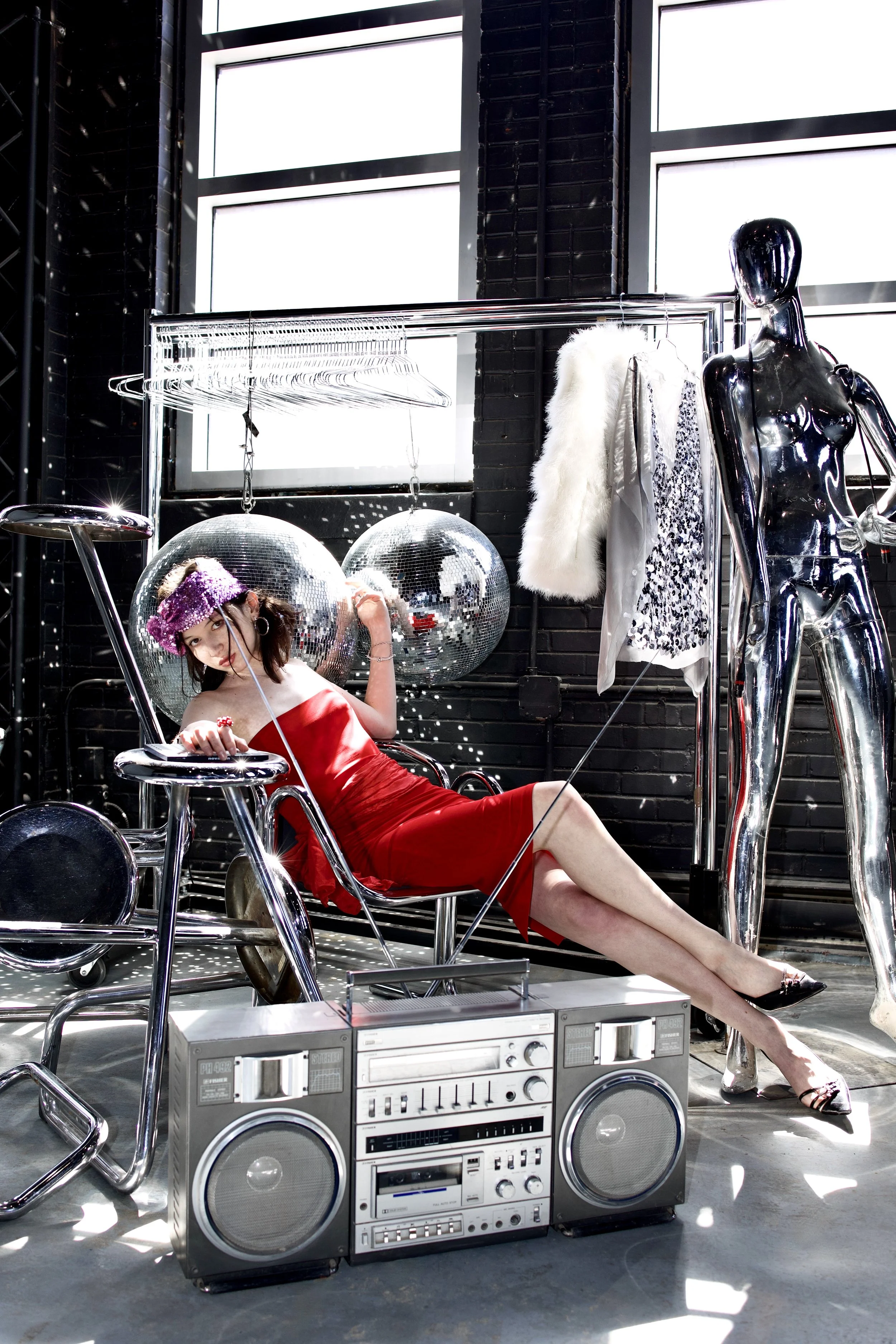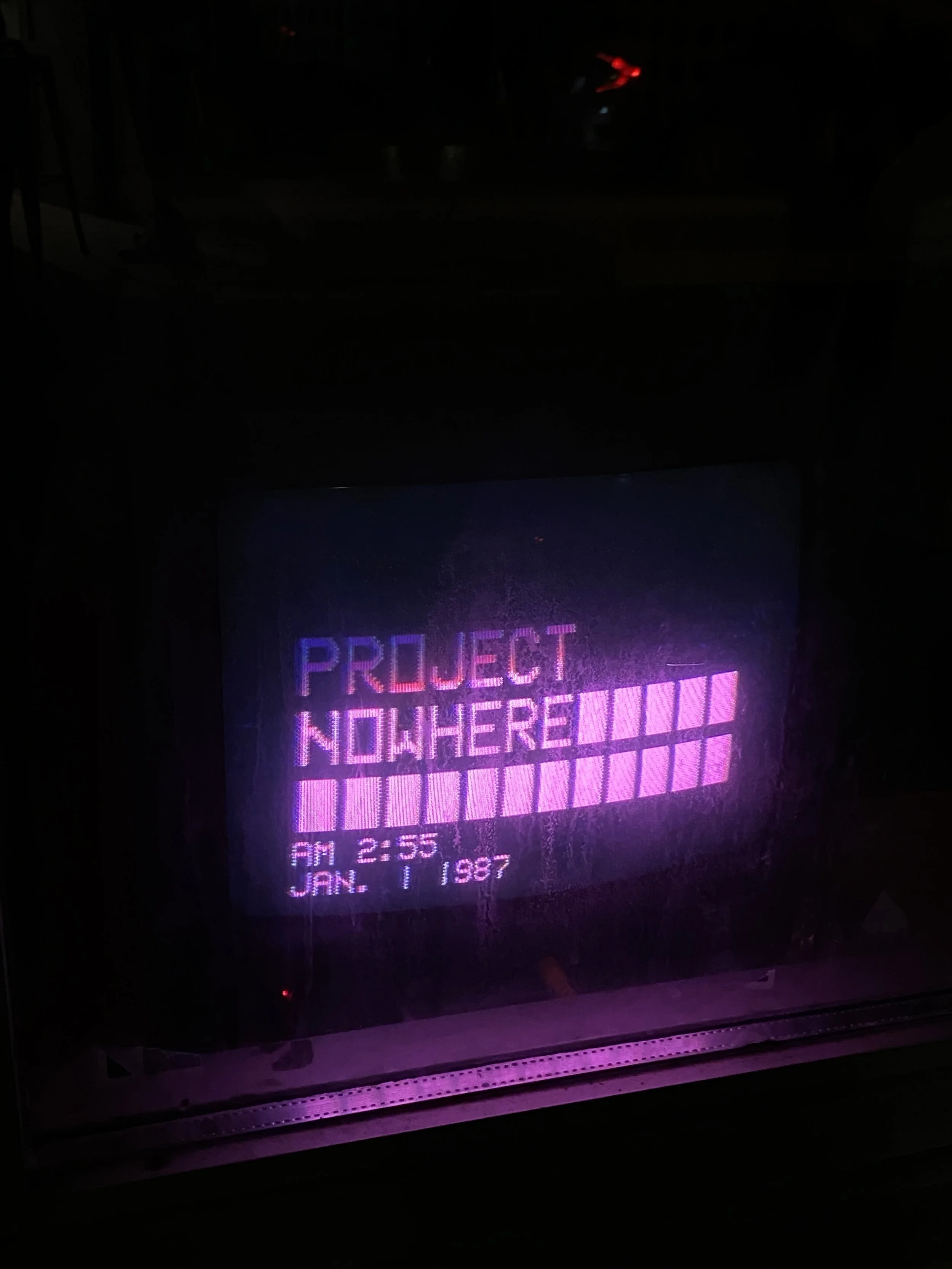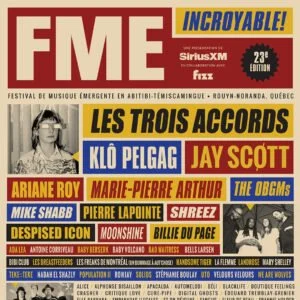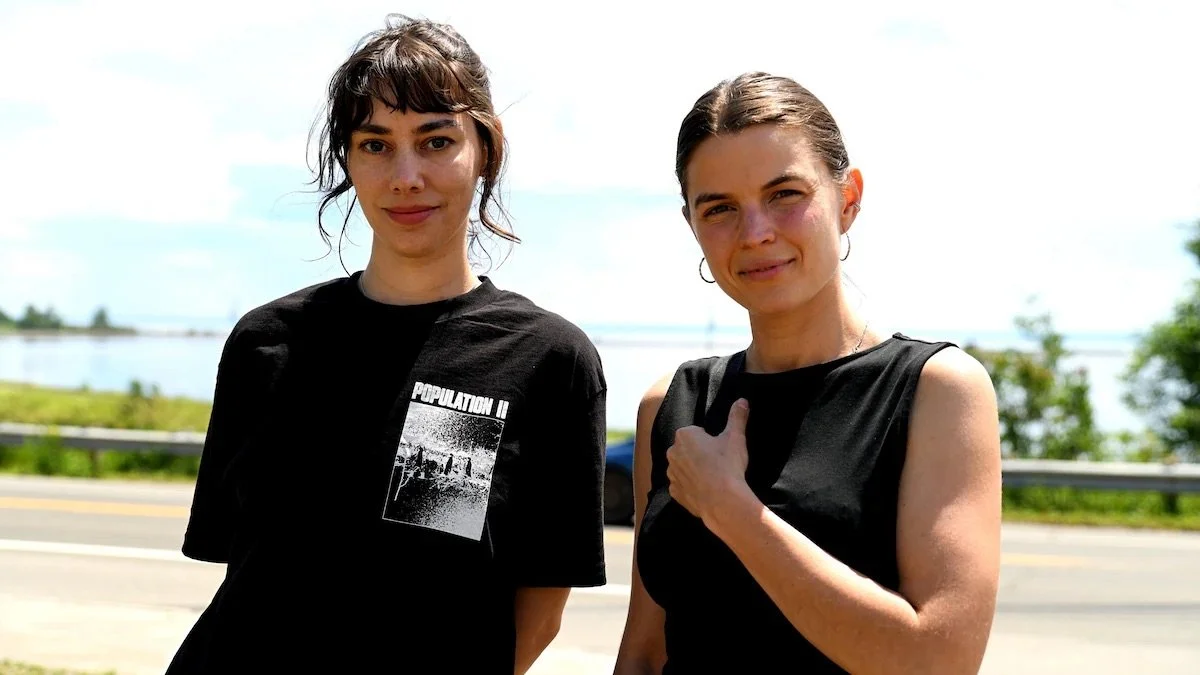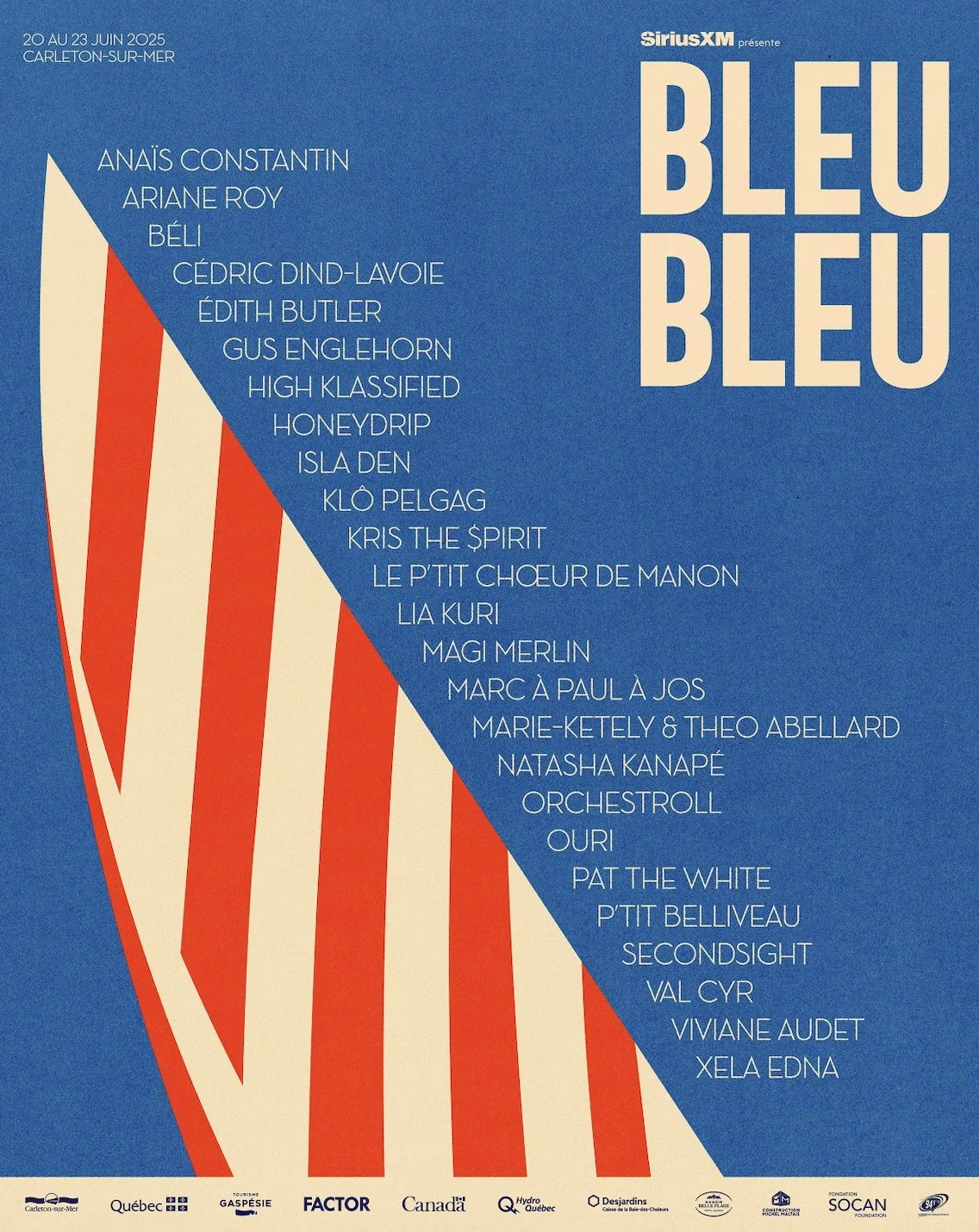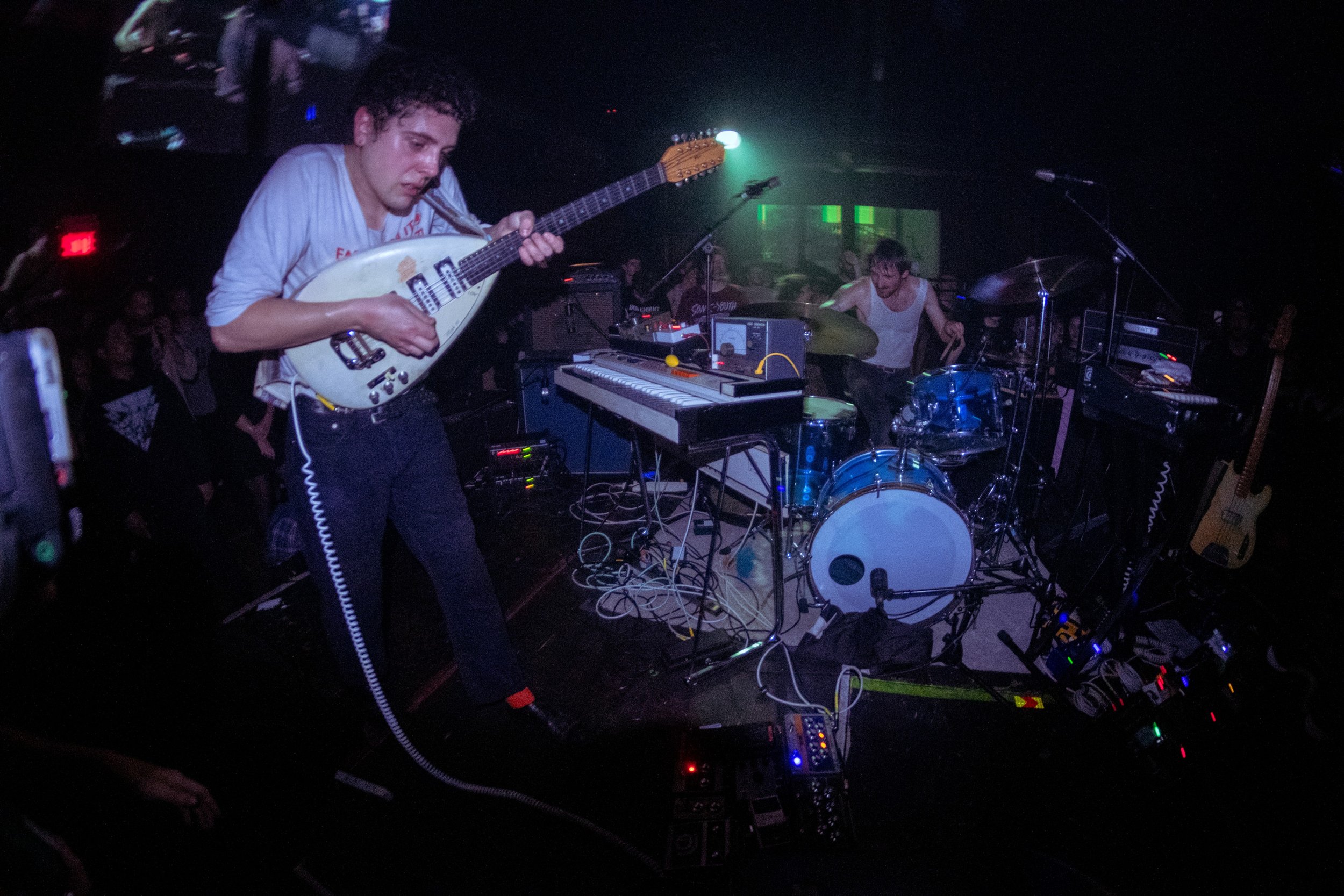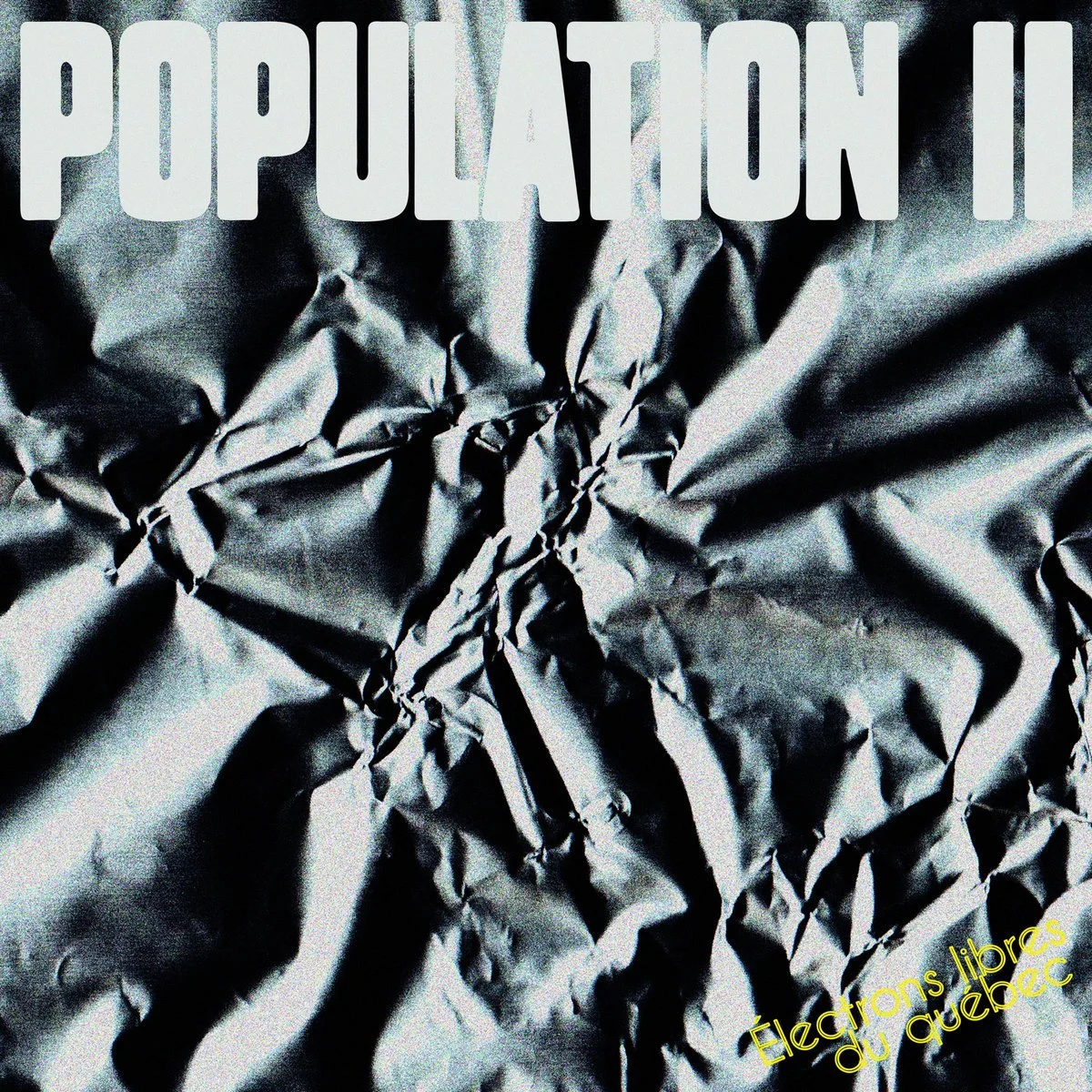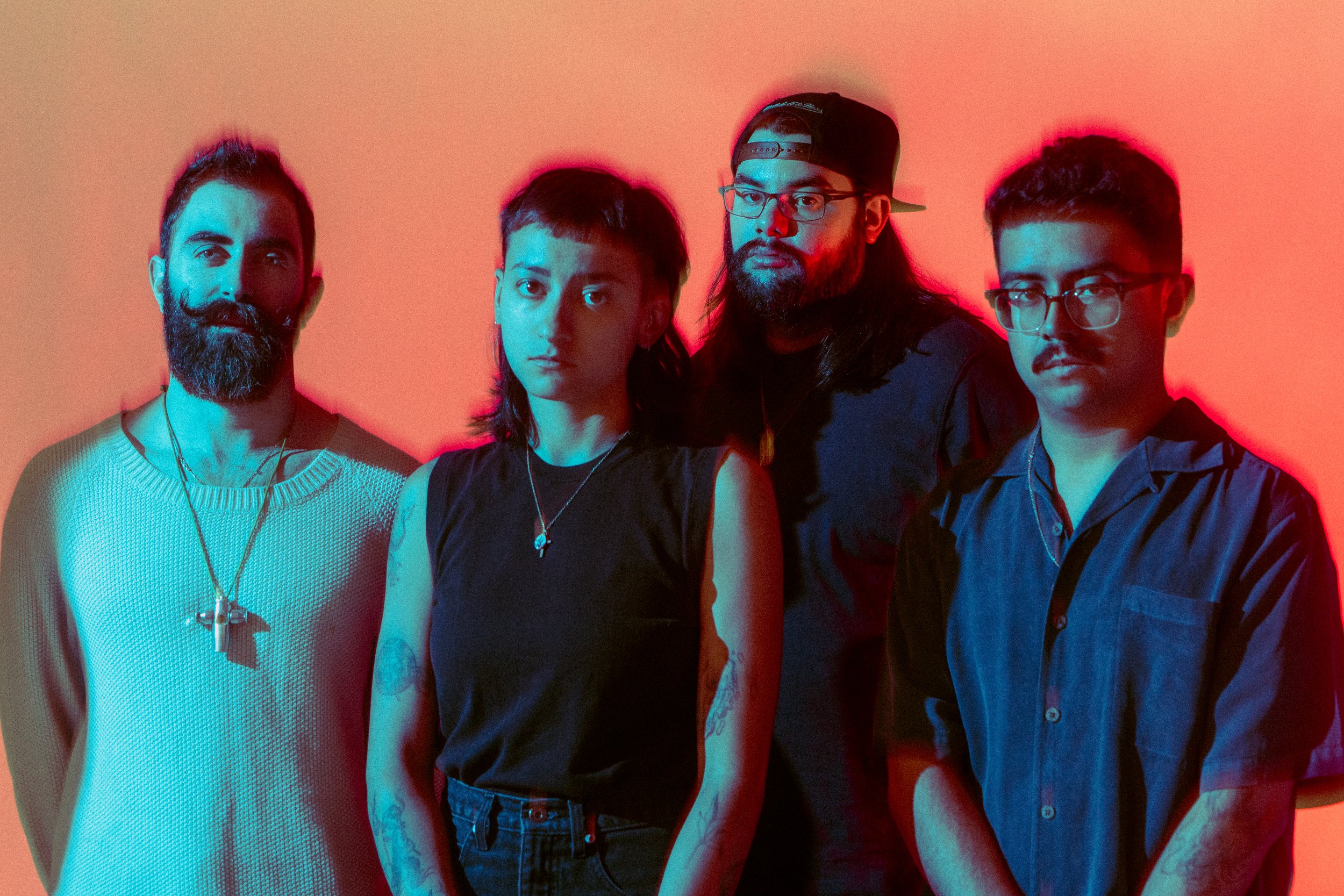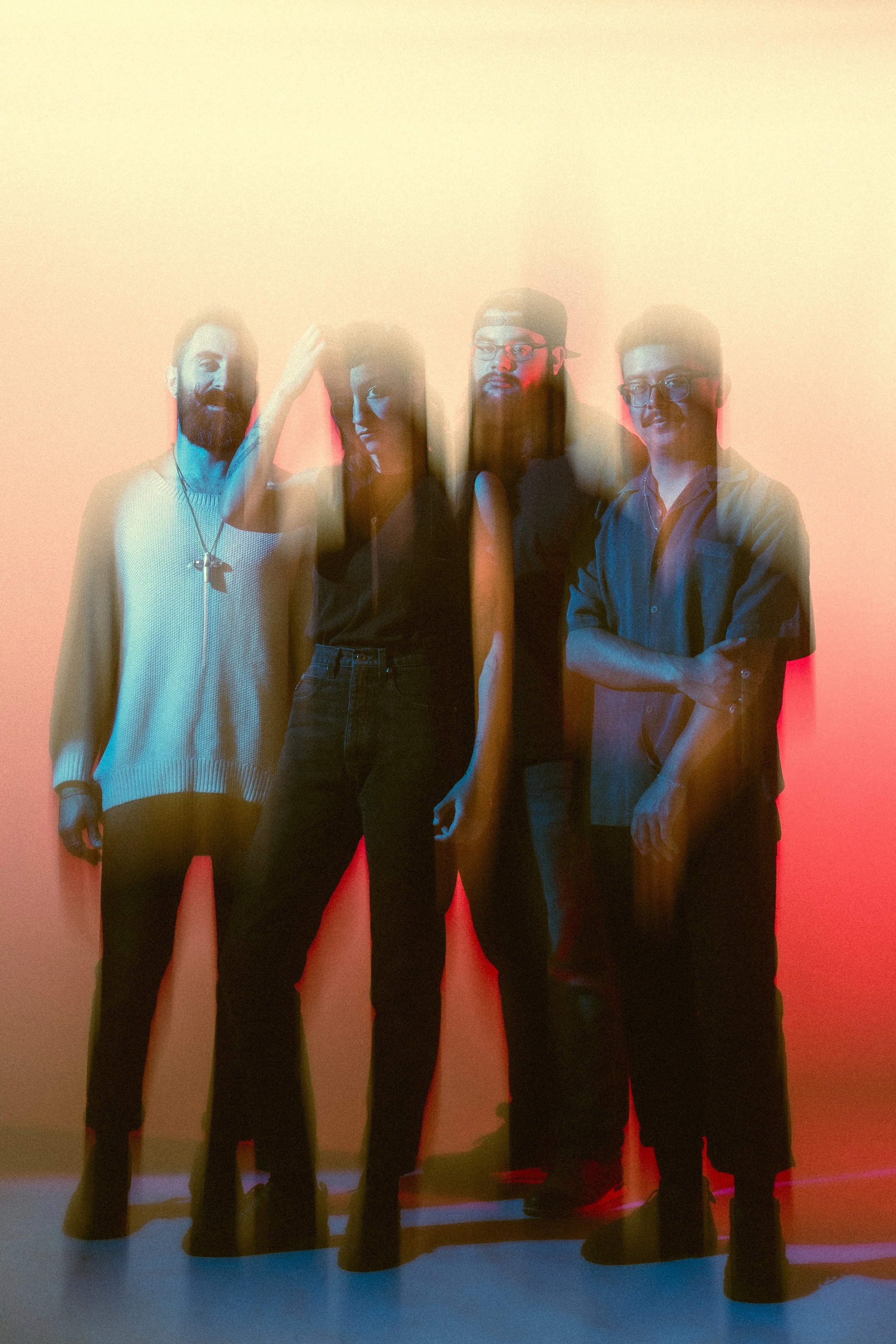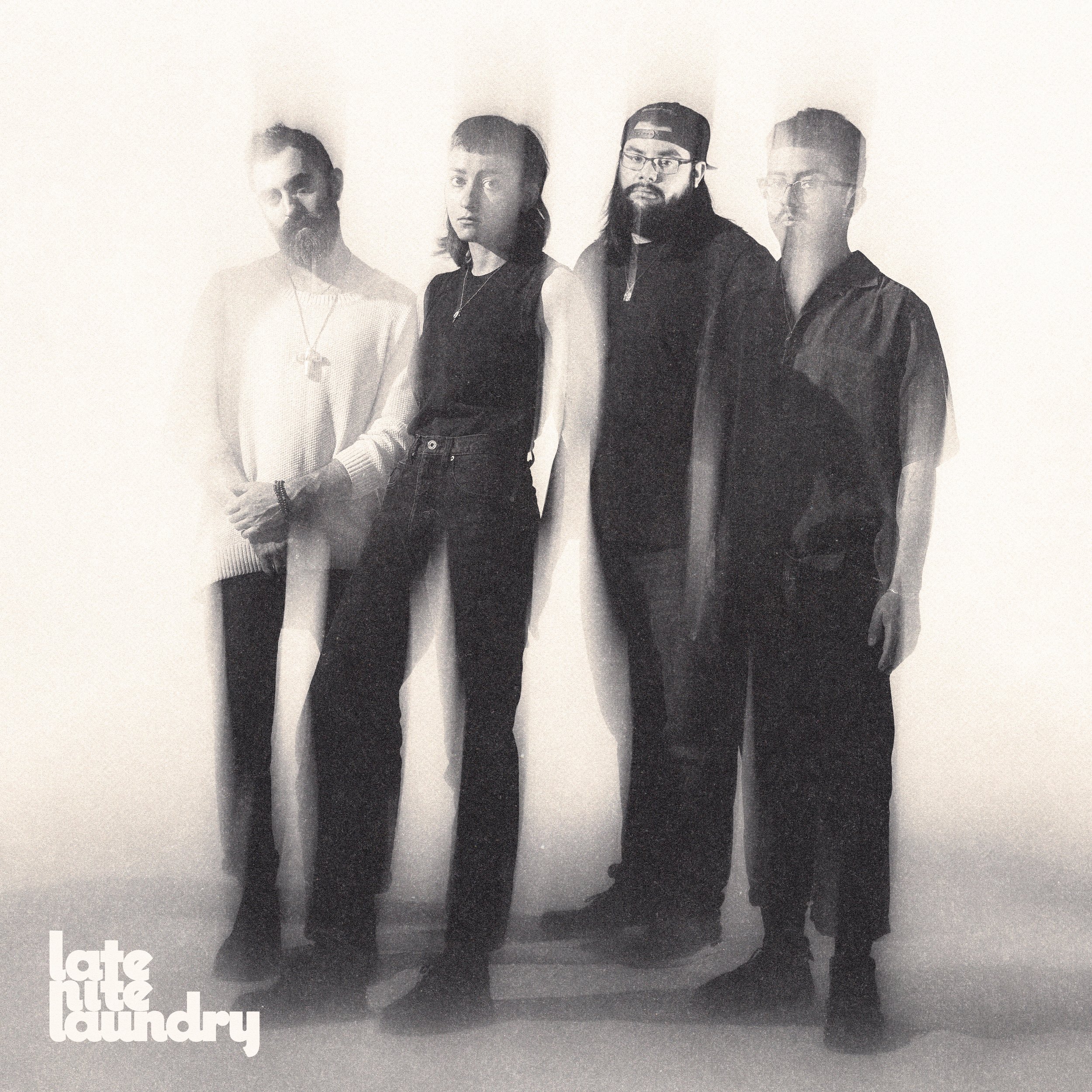PREMIERE: Nick Schofield Treads Ambient Jazz Bliss with "Magic Touch"
Nick Schofield by Christopher Honeywell
Gatineau-via-Montreal alt-ambient vanguard Nick Schofield reveals “Magic Touch”. The single is Schofield’s second glimpse into his forthcoming album Blue Hour, the virtuoso’s foray into the world of jazz—with his signature ambient-electronic flare. Set to arrive February 6th, 2026 via Halifax label Forward Music Group, Blue Hour is an ode to Miles Davis’ 1969 album In a Silent Way.
Ushering a significant and playful pivot in Schofield’s meditative sonic reputation, the album introduces not only his childhood instrument, the drums, but also the interpretative (and entirely improvised!) trumpet stylings of celebrated Montreal musician Scott Bevins (No Cosmos, Busty and the Bass).
Transportive and impressionistic, “Magic Touch” showcases Schofield feeling at-home in both instrumentation and collaboration. Before delving into his signature ventures in synthesis and electroacoustics, Schofield’s musical upbringing started with the drums at age nine, where he first encountered greats like Miles Davis and became enamoured with jazz fusion.
On the drums, Schofield shares:
“[The drums] are the most natural instrument for me to play. To dive back into this particular style of music—that is very nostalgic for me—reminds me of going record shopping and crate digging—discovering all this music that changed the trajectory of my relationship with drumming. [This project] is very much a tribute to an era of music that almost predates my appreciation for ambient.”
Listen to “Magic Touch” and watch the music video by Christopher Honeywell below!






